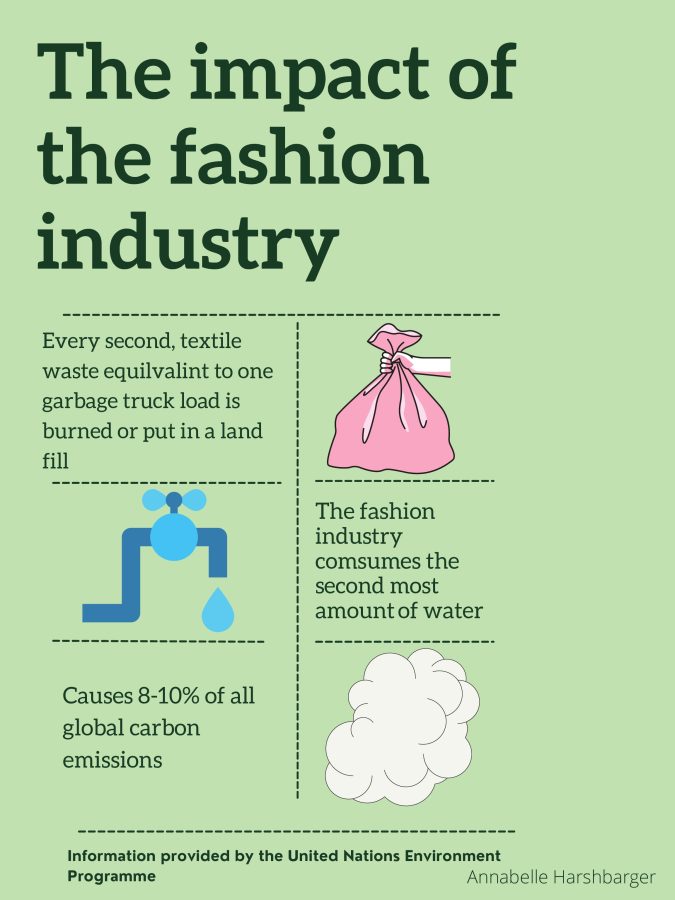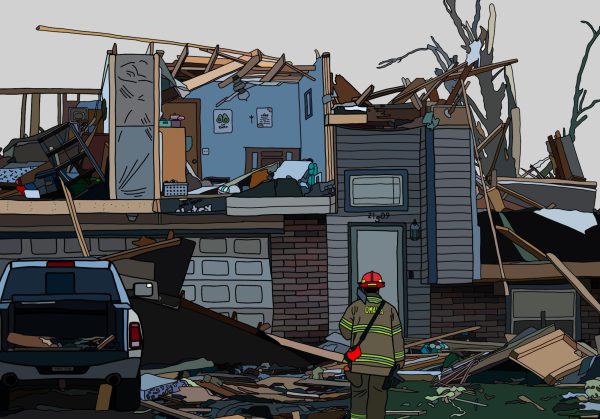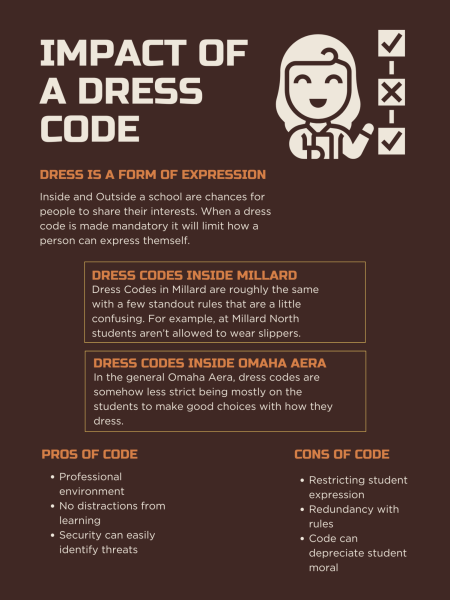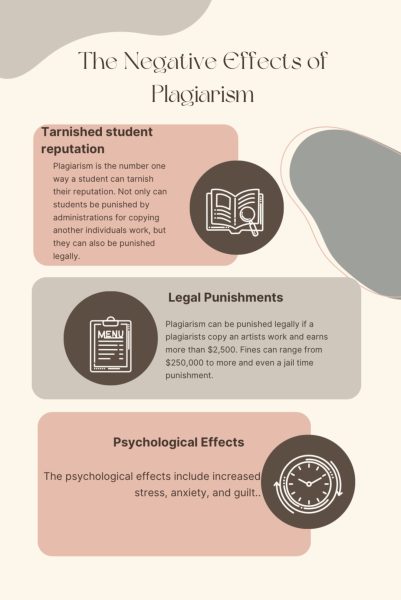Microtrends are a massive issue
The dangers of fast fashion
Infographic by Annabelle Harshbarger
The fashion industry has many negative effects on the environment. Shopping sustainably, donating unwanted clothes and shopping second hand are great ways to avoid contributing to the negative effects of the fashion industry.
March 11, 2022
Fashion trends come and go throughout the decades; the 90s are stamped with grunge, oversized jeans and flannels, the early 2000s filled with lowrise jeans and matching bedazzled tracksuits. However, with the influence of social media, fashion trends seem to be coming and going as they blow up and then fall in popularity within mere months. These microtrends are taking over closets, leading to overconsumption and overproduction of clothing.
Social media apps like TikTok and Instagram are overrun by microtrends. From cow print pants to matching tie-dye sweat suits, these trends went as quickly as they had come. With the pressure to stay on trend, people purchase these trending items just to dispose of them when the next piece becomes popular.
Fast fashion is defined as “the cheap and mass production of clothing trends seen on the runway or worn by celebrities in order to get the trending styles on the shelves as fast as possible.” With the rise of microtrends, fast fashion has accelerated. They have sped up the trend cycle so much that people can wear an outfit once for an Instagram post or event then never again.
As fast fashion became more popular, clothes began to be made with cheaper materials and faster labor making it impossible for the clothes we wear to stand the test of time. According to the United Nations Environment Program, people consume 60% more clothing than they did two decades ago, and each item is only kept for half the time. As people continue to constantly consume more clothing just to stay up on the current trends, they are also producing a shocking amount of waste. The Environmental Protection Agency stated 11.3 million tons of textile waste ended up in landfills in 2018. These numbers are truly terrifying and will only continue to rise as people consume mass amounts of clothing.
Along with the negative environmental impacts of fast fashion, the industry also creates an environment for unsafe and unregulated working conditions to flourish. Companies will outsource their labor to countries with little to no labor laws and exploit people in poverty who work to make these products. On April 24, 2013, the Rana Plaza building in Dhaka Bangladesh collapsed. This building housed five garment factories, and according to the International Labor Organization, the collapse killed at least 1,132 workers and injured 2,500 more. This tragic event showed people just how unsafe working conditions for garment workers can be and why it is crucial that there be regulations and laws to protect workers.
One way to avoid playing into fast fashion and microtrends is to invest in high quality classic pieces when shopping. While buying sustainable products that are meant to last can be more expensive, the lifespan of the fashion is worth it. Having a closet full of timeless garments helps to eliminate unnecessary waste.
Thrift shopping is another way to avoid contributing to the overconsumption of clothing as well as donating old clothes. Buying and donating unwanted clothing is a great way to give pisces a second life before they are sent to the landfill.
Fashion is an exciting way for people to show off their personality, but paying attention to what you are wearing is important. Shopping sustainably and holding on to timeless fashion statements will help combat the excess production and consumption of clothing.

















